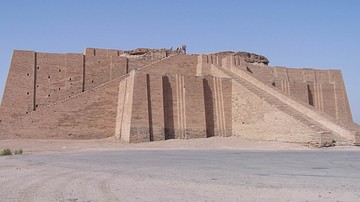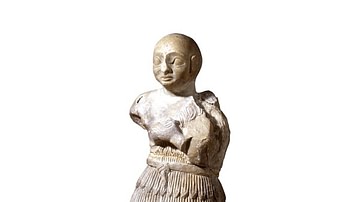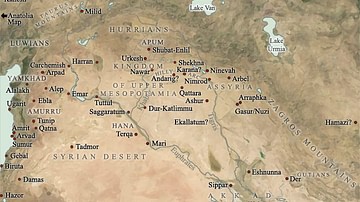Ancient Mesopotamia, located in the Fertile Crescent between the Tigris and Euphrates rivers, witnessed the emergence of cities and empires primarily due to the vital role of agriculture. The rich alluvial soil and access to water sources allowed the Mesopotamians to develop sophisticated agriculture and by irrigation systems, which produced the food surplus required for the growth of cities.
This surplus not only sustained larger populations but also supported the development of specialized labor, leading to the emergence of artisans, craftspeople, and merchants. This laid the groundwork for social stratification, the concentration of wealth, and the formation of powerful city-states and empires and, above all, civilization.
Mesopotamian civilization gave birth to numerous inventions and innovations that continue to shape our lives today, including:
- writing
- the wheel
- recorded legal codes
- mass-produced ceramics and bricks
- mathematics
- timekeeping
There were numerous other Mesopotamian inventions which affected the course of history and many of which still shape civilization as we know it today.












